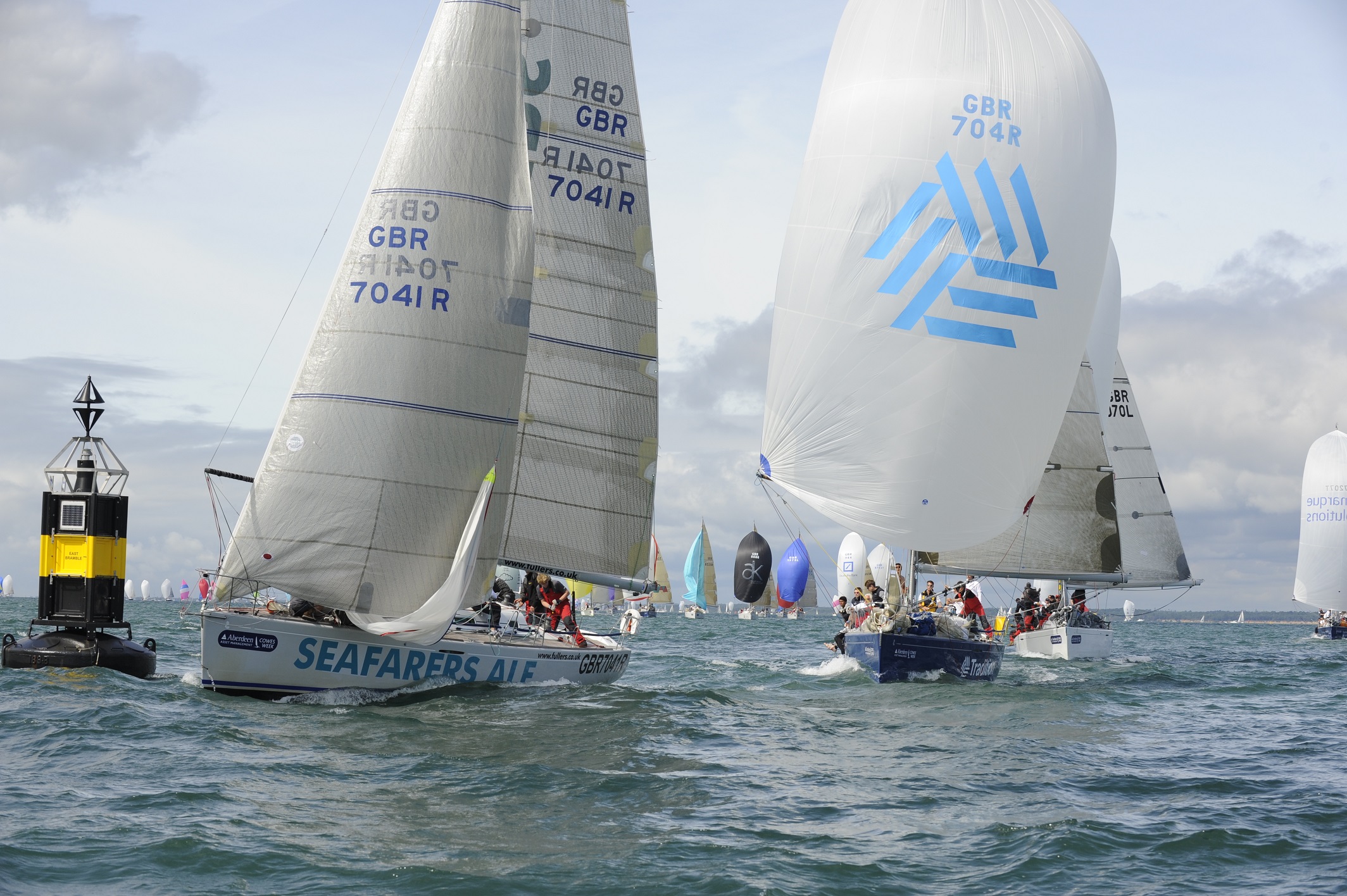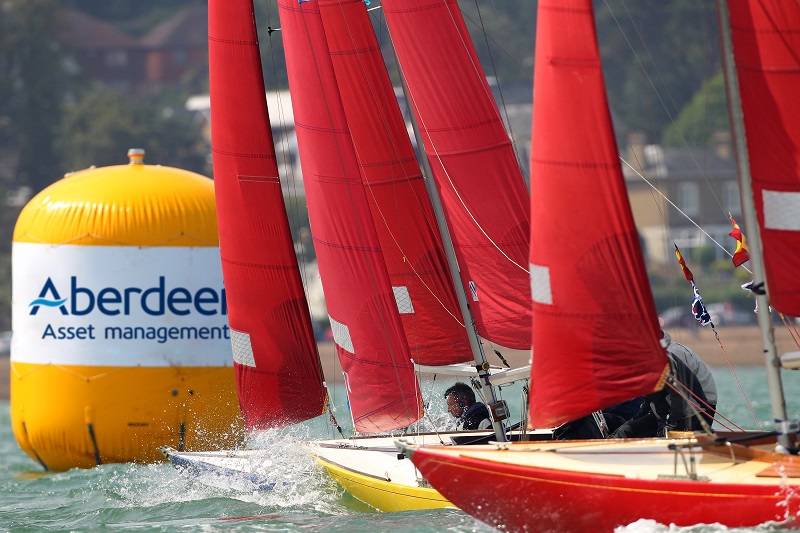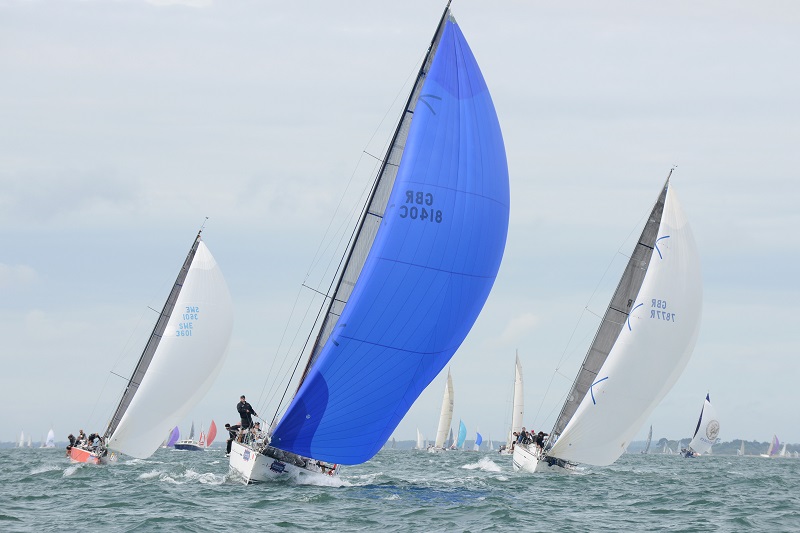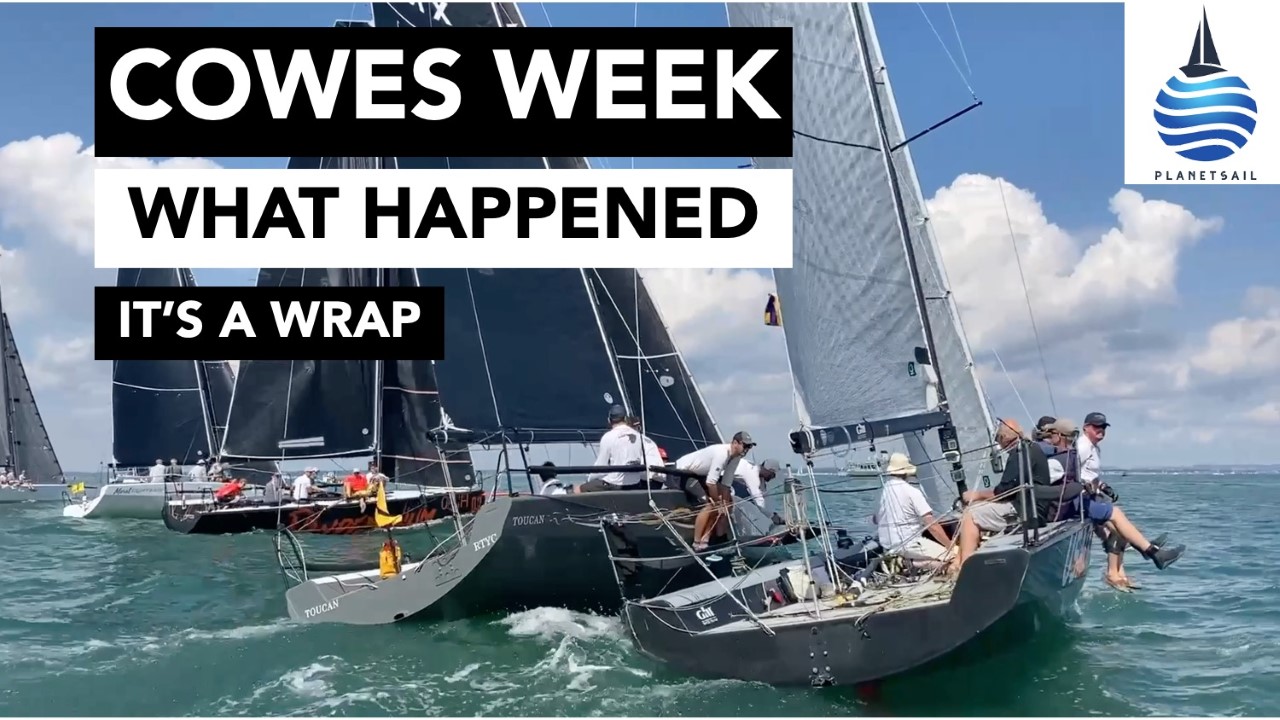Many competitors lose unnecessary ground for no good reason on these legs, giving others the opportunity to gain dozens of places in a big fleet. The easiest solution is to keep the destination mark on a constant bearing, irrespective of changes in tidal stream as you pass from deep to shallow water or vice-versa. Boats with a GPS – ideally a hand-held unit - that’s programmed with all the Cowes Week waypoints can monitor this easily, but it’s not as straightforward for the dayboat classes that are not allowed electronics.
The problem here is that it’s often impossible to see the next mark of the course at the start of the leg. However, if a hand bearing compass is used to monitor the bearing of the mark you’ve just rounded, you can keep this on a constant bearing that will lead you directly to the next mark. Once established on the required course you may be able to identify a distinctive feature or pattern on the shoreline behind the last mark that you can use to keep you on track without needed to monitor the hand-bearing compass constantly. Once you are able to identify the destination mark, you can then switch to keeping this on a constant transit with the shoreline beyond.
Of course, it’s also important to maintain your tactical position within the fleet, and you’re likely to find boats sailing courses that are both much lower and higher than yours. But remember these will be sailing a longer distance than you will, so you need to have a really good reason to deviate significantly from the optimum course.

Making gains on cross tide reaching and running legs - © pending




